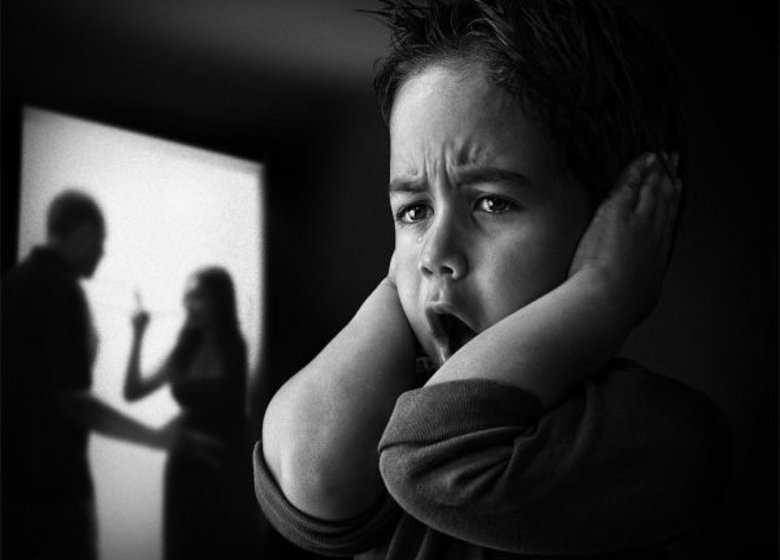Effects Of Domestic Violence On Children
For too many children, home is far from a safe haven. Every year, hundreds of millions of children are exposed to domestic violence at home, and this has a powerful and profound impact on their lives and hopes for the future. These children not only watch one parent violently assaulting another, they often hear the distressing sounds of violence, or may be aware of it from many tell-tale signs.
Violence in the home is one of the most pervasive human rights challenges of our time. It remains a largely hidden problem that few countries, communities or families openly confront. Violence in the home is not limited by geography, ethnicity, or status; it is a global phenomenon.
Several studies also reveal that children who witness domestic violence are more likely to be affected by violence as adults – either as victims or perpetrators.
Defining ‘Violence in the Home’
Domestic violence or intimate partner violence is a pattern of assaultive and coercive behaviours including physical, sexual and psychological attacks, as well as economic coercion used by adults or adolescents against their current or former intimate partners. Examples of physical abuse include slapping, shaking, beating with fist or object, strangulation, burning, kicking and threats with a knife. Sexual abuse includes coerced sex through threats or intimidation or through physical force, forcing unwanted sexual acts, forcing sex in front of others and forcing sex with others. Psychological abuse involves isolation from others, excessive jealousy, control of his or her activities, verbal aggression, intimidation through destruction of property, harassment or stalking, threats of violence and constant belittling and humiliation.
The findings show children who grow up in a violent home are more likely to be victims of child abuse. Those who are not direct victims have some of the same behavioural and psychological problems as children who are themselves physically abused.
Children who are exposed to violence in the home may have difficulty learning. They may even have limited social skills, exhibit violent, risky or delinquent behaviour, or suffer from depression or severe anxiety. Children in the earliest years of life are particularly vulnerable: studies show that domestic violence is more prevalent in homes with younger children than those with older children.
Effects on Children
The psychological aftermath of exposure to Domestic Violence can include many things.
Such as –
Fear of harm or abandonment, excessive worry or sadness, guilt, inability to experience empathy or guilt. Habitual lying, low frustration tolerance, emotional distancing, poor judgment, shame, and fear about the future.
The attention given, emotions felt, and memories imprinted onto a child’s brain in moments of stress become inextricably linked together and forever taint. They filter—feelings, beliefs, and choices in relationships and so many other facets of life. These children are not merely innocent bystanders. They are victims.
It is possible that these children may be unintended victims. Although living within a climate of chronic emotional volatility and near acute incidents of aggression has a way of searing a neuro-physiological muddle. Painful and isolating emotions existing alongside ongoing and frequently unmet needs for affection and attachment.
What do children need?
Children can be protected in a better way from the effects of domestic violence. They can be supported in healing following exposure to this violence.
Children need a safe and secure home environment.
Every child has the right to grow up safe from harm. They should feel that their loved ones are also protected. Violence in the home shatters a child’s basic right to feel safe and secure in the world. Children need the violence to stop.
Children need to know that there are adults who will listen to them, believe them and shelter them.
Adults who work with children, including teachers, social workers, relatives, and parents themselves. They all need the awareness and skills to recognize and meet the needs of children. Those who are exposed to violence in the home must be referred to appropriate services. Close, dependable relationships can also help children reduce the stress of living in a violent home. Children who have an adult who gives them love, warmth and attentive care cope better than those who do not. Those who are exposed to violence in the home need to know that they are not alone and that the violence is not their fault.
Children need a sense of routine and normalcy.
Violence in the home can turn a child’s world upside down. Routines such as going to school and participating in recreational activities are vital for children’s development and well-being and should be maintained.
Children need support services to meet their needs.
Responses to children exposed to domestic violence should be comprehensive and holistic, taking into account the range of effects and needs of different children. Children must have places to go that are safe and supportive. Whether it be with extended family or at a domestic violence shelter. Studies suggest that providing interventions to abused mothers can also have benefits to children. Especially where these efforts take into account the specific needs of children.
Children need to learn that domestic violence is wrong and learn non-violent methods of resolving conflicts.
Children must hear it re-affirmed that domestic violence is wrong. They have to see alternative role models in order to grow up with a positive idea of the future. Several countries have instituted programmes that teach young people how to avoid violence in personal relationships. Schools are key in the strategy. School-based programmes can reduce aggression and violence by helping children to develop positive attitudes. They add values and a broader range of skills to avoid violent behavior.
Children need adults to speak out and break the silence.
These children need to know that things can change and that violence in the home can end. They need hope for the future. Public education and awareness-raising campaigns on domestic violence should focus more on the impact on children and specific ways to address this hidden problem. Governments and other public institutions should speak out about the impact of violence in the home on children.
As a society, we have an opportunity and responsibility to inject resiliency through academic, emotional, and social support. We must all grapple with whether there are other ways. The ones which might more effectively intervene within our families, schools, and communities to instigate help and healing.
Also read – How to recognize domestic abuse?













